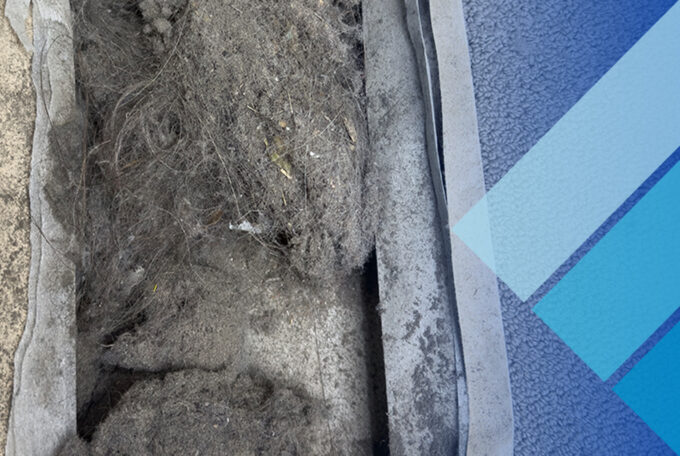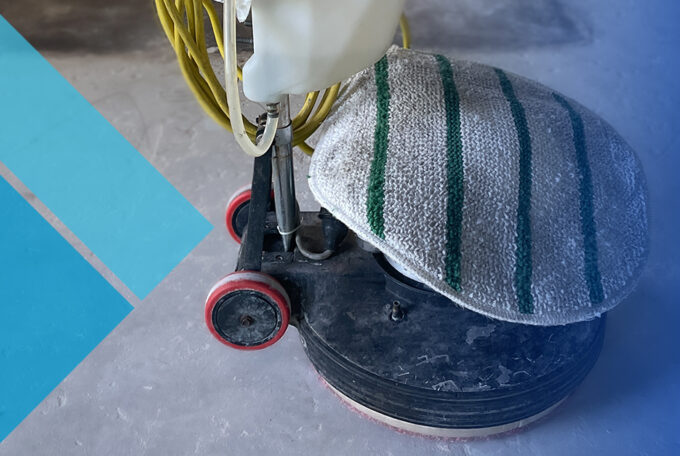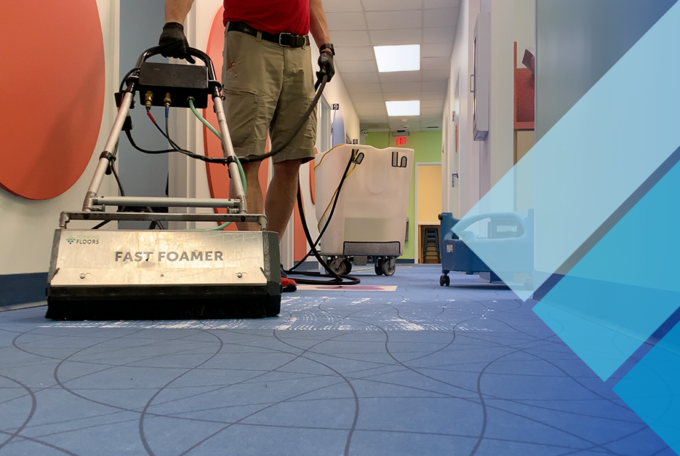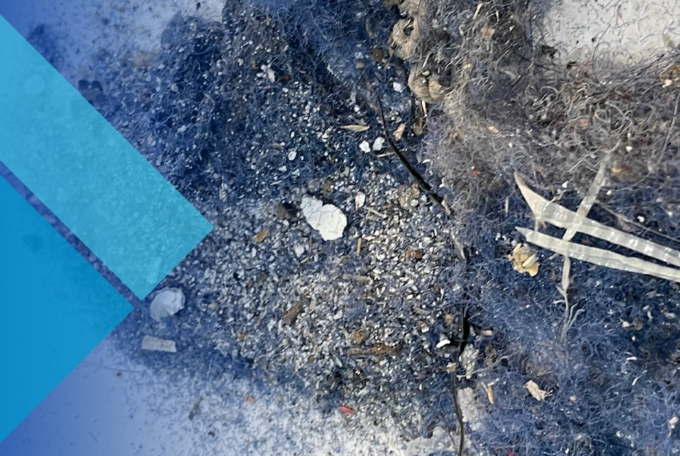Education is the Key to Keeping Restaurant Floors Clean
Customers often depend on flooring professionals to properly educate them on how to clean their floors in between routine service visits. In most facilities or buildings, janitorial staff maintains the floors and teaching them proper care and maintenance procedures is standard practice. Restaurants, however, tend to be an exception as kitchen and serving staff are typically responsible for the cleanliness of the floor. Because floor care falls outside of their area of expertise, going above and beyond to properly educate your restaurant customers is crucial.
The first step in addressing floor maintenance with restaurant staff is making them aware of the main source of soiling — the kitchen. Grease, oils, and food debris are tracked from the kitchen area by staff throughout the restaurant and account for 90% or more of a restaurant’s soiling issues.
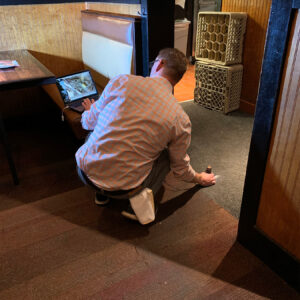
To cut down on the migration of kitchen soil, teach your customers to clean all spills in the kitchen area immediately. Additionally, a daily light cleaning of the entire kitchen floor in between shifts helps to minimize the amount of soiling that occurs throughout the restaurant. If open for lunch and dinner, recommend a light kitchen floor cleaning at 3 PM. If your customer serves breakfast, lunch, and dinner, 10 AM and 3 PM are optimal times to clean the kitchen floor. Lastly, a thorough nightly cleaning of the kitchen floor is necessary to keep soiling issues at bay.
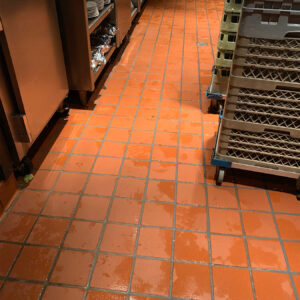
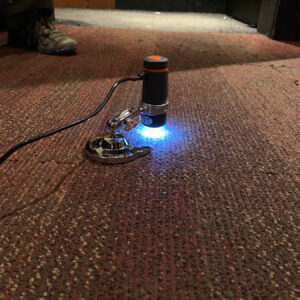
For nightly kitchen floor cleanings, flooring professionals know that it’s more than mixing a little detergent with water and pouring that on the floor. Teach restaurant staff how to use floor care chemistry properly and show them the principles of cleaning — remove dry debris, pre-spray, allow to dwell, scrub, remove, rinse, and dry — to help them achieve a clean kitchen floor. Emphasize with the staff that the floor isn’t clean until it is dried thoroughly.
Beyond cleaning, preventative measures such as the addition of walk off matting can help reduce the amount of soil that is tracked throughout the restaurant. Removable mats that can be changed out every few days by a service provider are recommended. If your customer is concerned about tripping hazards, reassure them that manufacturers of proper matting have insured mats don’t roll or flip up and velcro tack pads can be used underneath to eliminate tripping issues.
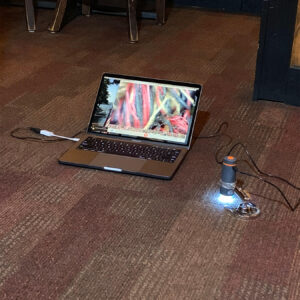
If it’s possible, changing the flow of kitchen traffic by having staff enter from one direction and exit from another can also be successful in decreasing the migration of kitchen soil into the dining area of the restaurant. Once you’ve addressed how to maintain the kitchen floors with the restaurant staff, it’s time to move on to the dining area.
For carpeted floors, spills should be blotted up and the carpet should be vacuumed nightly. Hard surface flooring should be swept, vacuumed, or dust mopped nightly along with a wet mopping. Due to safety issues for restaurant customers and staff, spills on hard surfaces should be addressed immediately.
Restaurant staff may not understand the importance of daily floor maintenance. As a flooring professional, it’s up to you to explain the health, safety, and customer experience issues that arise from a dirty restaurant floor. Beyond the unpleasant appearance and odor that can spoil a dining experience and discourage customer visits, bacteria and air quality concerns along with potential slips or falls are reason enough for restaurant staff to take their floor maintenance responsibilities seriously. Additionally, recommending preventative actions and teaching restaurant staff how to keep their floors better looking and cleaner in between your service visits helps you set and manage your customer’s level of expectation for the maintenance and appearance of their floor.


